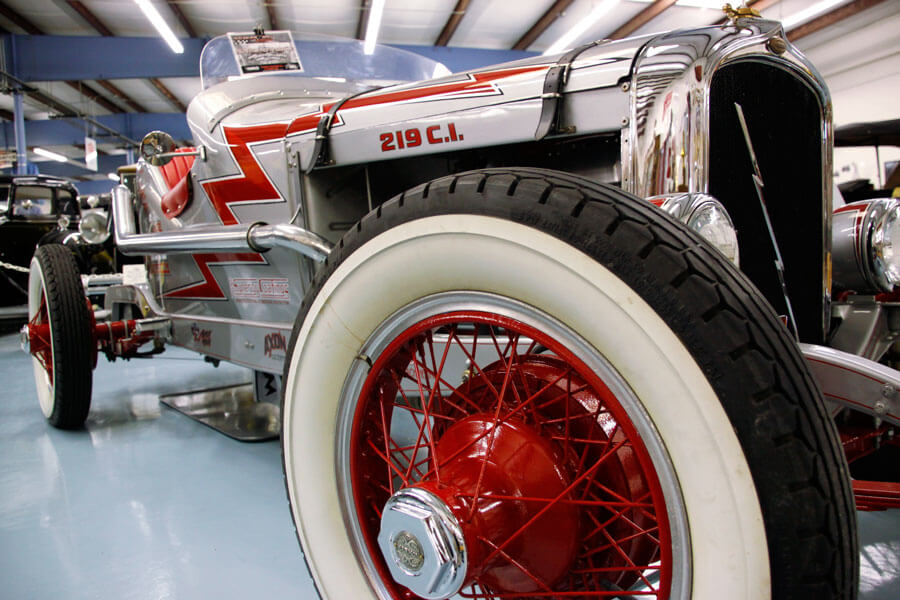How Important is Testing?
Today’s Post by Joe Farace
The answer to that question is: Very.
Back when I shot film, testing was an important part of of the creative process. Most shooters wouldn’t tackle an assignment before testing the concept and/or gear beforehand. Medium and large format studio shooters used expensive Polaroid film before clicking the shutter with real film others would shoot test rolls and have them processed before trying new technique or using a new piece of equipment.
 Along comes digital capture with instant feedback though LCD screens and all of a sudden nobody thinks testing is required anymore; the idea being you could test as you went along. This has created a secondary phenomenon in which some shooters think they no longer need a back up camera. And believe me gear failures occur, even with new equipment. One problem is that not all LCD preview screens are accurate as far as color and contrast and especially not the same quality as the color corrected monitor that’s sitting on your desk that’s used to process images in Photoshop or Lightroom. Surprises lurk, so you need to test.
Along comes digital capture with instant feedback though LCD screens and all of a sudden nobody thinks testing is required anymore; the idea being you could test as you went along. This has created a secondary phenomenon in which some shooters think they no longer need a back up camera. And believe me gear failures occur, even with new equipment. One problem is that not all LCD preview screens are accurate as far as color and contrast and especially not the same quality as the color corrected monitor that’s sitting on your desk that’s used to process images in Photoshop or Lightroom. Surprises lurk, so you need to test.
I did testing at a car show in advance of going to New Mexico. One of the things I was testing was a new extreme wide-angle lens that I though I would love but in actual shooting was so wide that it was impossible to shoot any of the cars without getting too much extraneous detail, including people walking into the shot. The camera’s LCD screen showed there was some slight vignetting even with the built-in lens hood off the lens but when I looked at the images on my monitor the vignetting was much bigger—and worse than I thought. This lens was not going to New Mexico but I found this out now, not later when I was in the Land of Enchantment.
There’s an old saying that goes—Good carpenters say that you should measure twice and cut once. I think we should test twice and shoot once. And remember, there are no perfect photographs but that shouldn’t stop us from trying.




